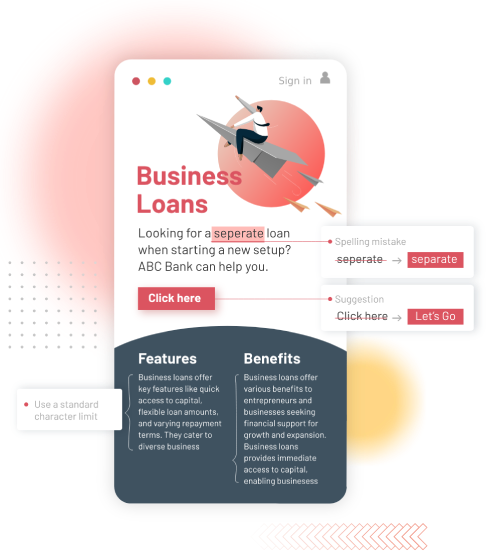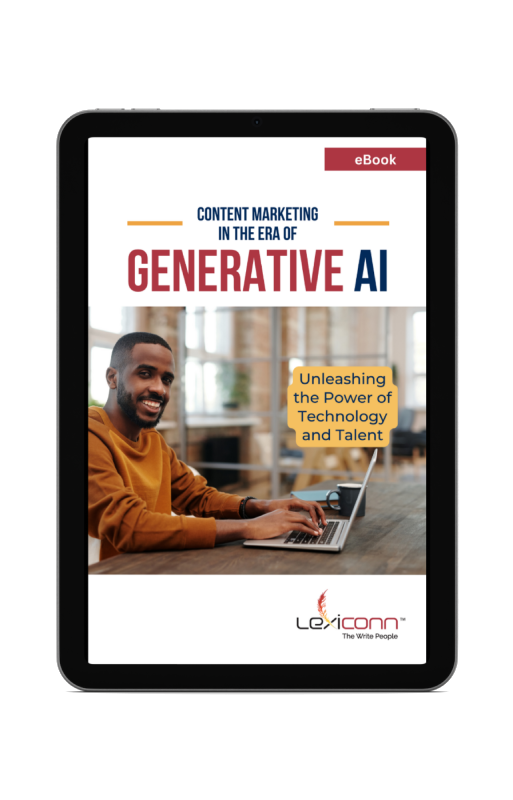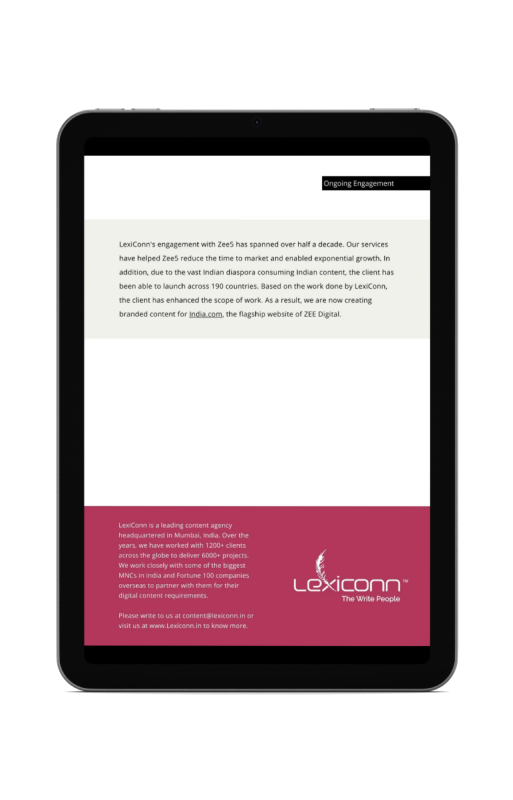

(Source)
Did you know that every $1 invested in UX design delivers a jaw-dropping $100 in return? In today’s hyper-competitive digital world, where 82.5% of global internet traffic comes from video content and 66% of users say short-form videos are the most engaging, your website’s performance is no longer just a technical concern—it’s your brand’s lifeline.
Whether you’re repurposing digital content for social media marketing or optimizing your site for SEO ranking, one thing is clear: user experience (UX) is the bridge between capturing attention and converting visitors into loyal customers.
So, how do you ensure your digital content strategy aligns with cutting-edge UX design to dominate search results? Let’s dive in and future-proof your online presence.

(Source)
User experience (UX) and search engine optimization (SEO) are two critical pillars of a successful website. While they may seem distinct—one focusing on user satisfaction and the other on search engine visibility—they are deeply interconnected.
A well-designed UX directly influences a website's SEO ranking, making it easier for businesses to attract, engage, and retain visitors. Let’s explore this relationship in detail.
At its core, user experience refers to how users interact with and perceive a product, service, or website. It encompasses several elements, including usability, accessibility, design aesthetics, and the overall ease of navigation. A well-executed UX ensures that visitors can accomplish their goals efficiently and enjoyably.
For example, imagine visiting a website to book a flight. If the booking process is cluttered or confusing, you’re likely to abandon it midway. This poor experience not only frustrates users but also signals to search engines that the site may not be valuable.
Search engine optimization is the practice of optimizing a website to improve its visibility on search engine results pages (SERPs). The primary goal is to attract organic traffic by aligning content and technical elements with search engine algorithms.
SEO is not just about ranking higher; it’s about connecting users with relevant content that meets their needs. For instance, if someone searches for “best UX practices for better SEO,” they expect actionable insights—not keyword-stuffed paragraphs devoid of value.
Search engines like Google prioritize user satisfaction as a key ranking factor. They use behavioral metrics such as bounce rate, dwell time, and click-through rate (CTR) to evaluate a site’s relevance and quality.
A poor UX—whether due to slow loading times, confusing navigation, or irrelevant content—leads to higher bounce rates and lower dwell times. These negative signals can cause search engines to demote your site in rankings.
Conversely, a positive user experience encourages visitors to stay longer and explore more pages, signaling to search engines that your site is valuable and relevant.

(Source)
Google’s Core Web Vitals are essential metrics for evaluating page performance:
A slow-loading website frustrates users and leads to higher bounce rates—directly impacting SEO rankings.
For instance,
To improve page speed:
With over 60% of global web traffic coming from mobile devices in 2025, mobile optimization is no longer optional—it’s mandatory. Google’s mobile-first indexing prioritizes websites that deliver seamless experiences across devices.
Responsive designs ensure your site adapts to various screen sizes without compromising usability or aesthetics.
Key features include:
Intuitive navigation helps users find information quickly while improving crawlability for search engines,
For example, an e-commerce site with well-organized categories (e.g., “Men’s Clothing > Shirts > Casual”) makes it easier for both users and search engines to locate specific products.
High-quality content aligned with user intent is the backbone of both UX optimization and website SEO:
For instance:
Inclusive design ensures your website is usable by everyone—including individuals with disabilities:
Accessible websites not only comply with legal standards but also improve overall usability—benefiting all users while enhancing SEO performance.
UX design focuses on creating enjoyable experiences for users; SEO ensures those experiences are discoverable by search engines.
Together, they form a powerful synergy,
By prioritizing both UX optimization and website SEO, businesses can achieve better visibility, higher engagement rates, and increased conversions—creating a win-win scenario for both users and search engines alike. In summary, the relationship between UX and SEO is not just complementary—it’s symbiotic.
Investing in one inevitably strengthens the other, making it essential for businesses aiming to thrive in today’s digital landscape.
Pages that take more than three seconds to load lose about 40% of visitors. Slow speeds not only frustrate users but also hurt your Core Web Vitals scores—directly impacting SEO rankings.
Poor Mobile OptimizationNon-responsive designs or small touch targets make navigating on mobile devices difficult. This leads to higher bounce rates from mobile users and negatively affects your rankings under Google’s mobile-first indexing.
Confusing NavigationBroken links or unclear menus create friction for users trying to find information. This results in lower engagement metrics like CTRs or session durations—both critical for SEO ranking.
Low-Quality ContentIrrelevant or poorly written content drives users away quickly. Thin content or keyword-stuffed pages fail to meet user intent, leading to higher bounce rates and reduced visibility on SERPs.

(Source)
Page speed is a critical factor in both UX design and SEO ranking. Websites that load quickly not only retain users but also rank higher in search engine results due to improved Core Web Vitals scores.
Compress Images Without Compromising QualityLarge images slow down page load times, which negatively impacts website performance and user satisfaction. To address this:
JavaScript can significantly delay page rendering if not optimized. To reduce its impact:
Browser caching allows returning visitors to load your site faster by storing static files locally on their devices. This reduces server requests and improves page speed:
With Google’s mobile-first indexing, ensuring your website is optimized for mobile devices is non-negotiable. A mobile-friendly site improves usability, reduces bounce rates, and boosts SEO rankings.
Use Responsive LayoutsResponsive design ensures your website adapts seamlessly to various screen sizes and resolutions:
To ensure consistent performance across devices:
A well-organized website structure improves both user experience and crawlability by search engines.
Create Clear MenusMenus should be intuitive and descriptive:
Breadcrumbs provide a visual trail of a user’s location within the site hierarchy,
High-quality content that aligns with user intent is essential for both UX optimization and website SEO. Engaging content keeps users on your site longer, improving metrics like dwell time.
Align Content with User IntentUnderstand the purpose behind user searches—whether informational, navigational, or transactional—and tailor your content accordingly:
Readable content ensures users can quickly absorb information:
Accessibility ensures that all users, including those with disabilities, can interact with your website effectively. It also aligns with search engines’ inclusivity standards.
Add Alt Text DescriptionsAlt text helps screen readers interpret images for visually impaired users:
Interactive elements like buttons or forms should be accessible via keyboard alone:
Tracking the impact of UX optimization on website SEO requires consistent monitoring:
Continuous refinement based on data insights ensures your site stays aligned with both user expectations and search engine algorithms.
In today’s digital era, where competition is fierce and attention spans are shrinking, aligning UX design with SEO strategies is non-negotiable for businesses aiming to thrive online. From optimizing page speed to enhancing accessibility features, every step you take toward improving your website performance directly influences your SEO ranking—and ultimately your bottom line.
Ready to take your website’s UX optimization and SEO strategy to the next level? Visit us at www.lexiconn.in or drop us a line at [email protected] today! LexiConn also offers a FREE 30-minute content consultation session to help you craft a winning digital content strategy tailored just for you!



I have read and accept the Privacy Policy
Read More